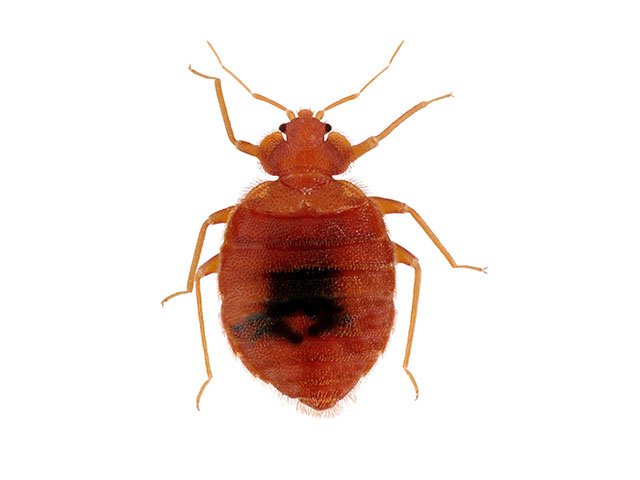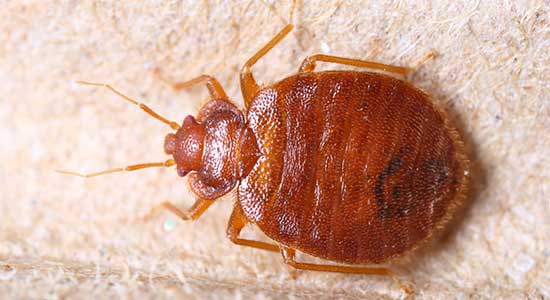Top Rated Pest Control Company in Arlington: Your First Choice for Pests
Top Rated Pest Control Company in Arlington: Your First Choice for Pests
Blog Article
Get Educated Regarding the Sorts Of Parasite Control Methods and Their Benefits for Property Owners
Recognizing the various pest control approaches available to property owners is necessary for reliable parasite monitoring. Property owners who are well-informed can make strategic choices that not only address insect concerns but additionally enhance the total high quality of their living atmosphere.
Chemical Parasite Control Methods
Chemical pest control methods are a vital component of incorporated bug administration approaches for homeowners looking for effective services to pest infestations. These techniques involve the application of chemical materials created to get rid of or hinder pests that endanger personal effects, wellness, and comfort. Common chemicals used include insecticides, herbicides, fungicides, and rodenticides, each customized to target details parasites.
The key advantage of chemical parasite control is its fast efficiency; many formulas supply prompt results, lowering pest populaces significantly quickly. Furthermore, breakthroughs in chemical formulations have led to products that are more eco-friendly and have lower toxicity degrees for non-target organisms when applied correctly.

Biological Bug Control Methods
All-natural insect control techniques have gained importance as home owners seek more secure and a lot more sustainable alternatives to traditional chemical strategies. Organic insect control strategies make use of all-natural killers, bloodsuckers, or microorganisms to manage parasite populations properly. This approach is not just eco-friendly however additionally lessens the threat of injury to non-target varieties, including beneficial insects and wildlife.
One of the most common organic control approaches entails presenting natural killers into the atmosphere. For instance, ladybugs can be made use of to regulate aphid populaces, while nematodes target soil-dwelling insects like grubs. In addition, parasitoids-- organisms that reside on or within a host-- can be used to control certain pest varieties by laying eggs inside them, inevitably leading to their death.
One more strategy is using biopesticides, which are stemmed from natural materials such as plants, minerals, or germs (bed bug exterminator). These products can efficiently target bugs while presenting marginal danger to people and animals. Overall, organic insect control strategies provide home owners with an effective means of pest monitoring that aligns with environmental principles, promoting a much healthier living setting while lowering dependence on synthetic chemicals
Mechanical Bug Control Techniques
Mechanical parasite control approaches incorporate a selection of methods that physically prevent or eliminate bugs without using chemicals. These strategies are especially advantageous for home owners looking for eco-friendly choices while guaranteeing the security of their home.
One common method is using obstacles, such as nets, displays, and catches, which protect against pests from entering homes or certain locations. As an example, setting up home window displays can properly maintain pests out, while making use of physical barriers around gardens can prevent larger bugs like bunnies or deer. Furthermore, mechanical traps made for rats can record and get rid of these insects without the requirement for poisonous substances.
One more reliable technique entails using mops and vacuums to remove insects directly from surface areas. Routine cleaning and maintenance can considerably decrease parasite populaces by eliminating food resources and hiding places. In addition, utilizing tools like ultrasonic bug repellents can hinder numerous pests via acoustic wave that are undesirable rodent control to them yet inaudible to human beings.
Cultural Pest Control Practices
Social pest control methods concentrate on modifying the environment and management techniques to develop conditions that are much less favorable to pest invasions. These methods are basic in preserving a well balanced ecosystem and lowering the reliance on chemical treatments. By modifying farming techniques, house owners can successfully hinder insects while promoting plant health and wellness.
One common strategy includes plant turning, which interrupts the life cycles of insects by altering the types of plants expanded in a details location (bed bug exterminator). This not just minimizes pest populaces but likewise boosts dirt health and wellness. In addition, intercropping-- planting diverse crops in closeness-- can puzzle bugs and minimize their capacity to find their preferred host plants
Water administration is another vital aspect of social practices. Correct watering methods can avoid standing water, which works as a reproduction ground for mosquitoes and various other pests. Additionally, maintaining cleanliness around the home, such as routinely getting rid of particles and food waste, can considerably minimize bug destination.
Integrating these social techniques into a thorough parasite monitoring strategy allows homeowners to produce an atmosphere that naturally deters insects, consequently enhancing the effectiveness of other control methods while advertising lasting gardening and landscape design.

Integrated Insect Management Approaches
Integrated Bug Administration (IPM) stands for an all natural technique that combines numerous methods to properly take care of parasite populations while minimizing environmental effect. This methodology integrates biological, social, physical, and chemical methods to accomplish lasting insect control. By assessing pest populations and their all-natural enemies, IPM emphasizes monitoring and recognizing parasites before carrying out control measures.
Among the core principles of IPM is making use of limits, which develop the degree of bug task that calls for treatment. This guarantees that treatments are used only when essential, lowering the reliance on chemical pesticides. Biological control techniques, such as presenting all-natural predators or bloodsuckers, operate in combination with cultural practices like crop rotation and environment adjustment to interrupt pest life cycles.
In addition, IPM motivates making use of least-toxic chemical alternatives when intervention is required, prioritizing items that present very little danger to non-target organisms and the environment. For house owners, embracing IPM comes close to not only boosts the efficacy of pest management but additionally promotes a much healthier living environment, fostering biodiversity and reducing chemical exposure. Inevitably, IPM empowers house owners to make educated choices that stabilize pest control with eco-friendly duty.
Verdict
In conclusion, recognizing the different bug control techniques equips house owners to make informed choices concerning pest monitoring. Each flea removal method-- chemical, biological, mechanical, cultural, and Read Full Article incorporated pest management-- provides distinctive advantages that satisfy various demands and choices. By choosing appropriate strategies, property owners can properly manage bug populaces while reducing health risks and environmental impacts. This educated method adds to a healthier living environment, advertising overall well-being for households and family pets alike.
Recognizing the numerous parasite control methods available to property owners is essential for reliable bug management.Chemical pest control techniques are a vital component of integrated bug management approaches for home owners looking for effective services to pest infestations. Overall, biological pest control techniques supply property owners with an efficient methods of bug monitoring that aligns with eco-friendly principles, promoting a healthier living setting while minimizing dependence on artificial chemicals.
Cultural insect control techniques concentrate on modifying the atmosphere and administration methods to produce problems that are much less favorable to pest invasions.In final thought, recognizing the numerous insect control techniques equips house owners to make enlightened decisions pertaining to pest administration.
Report this page